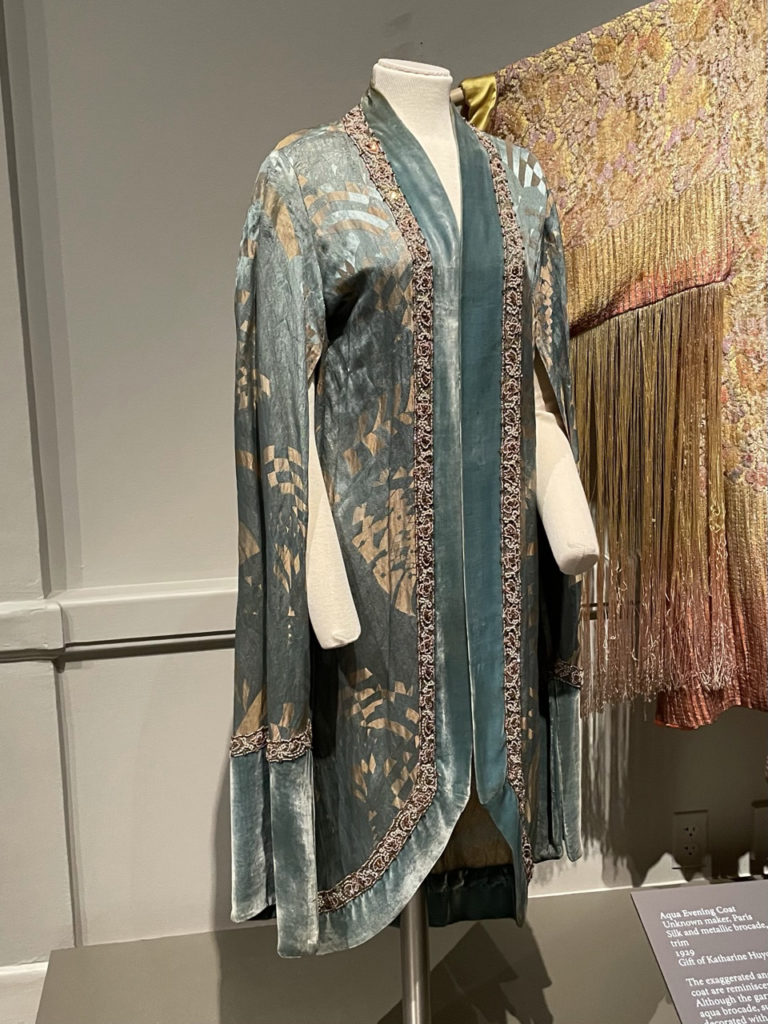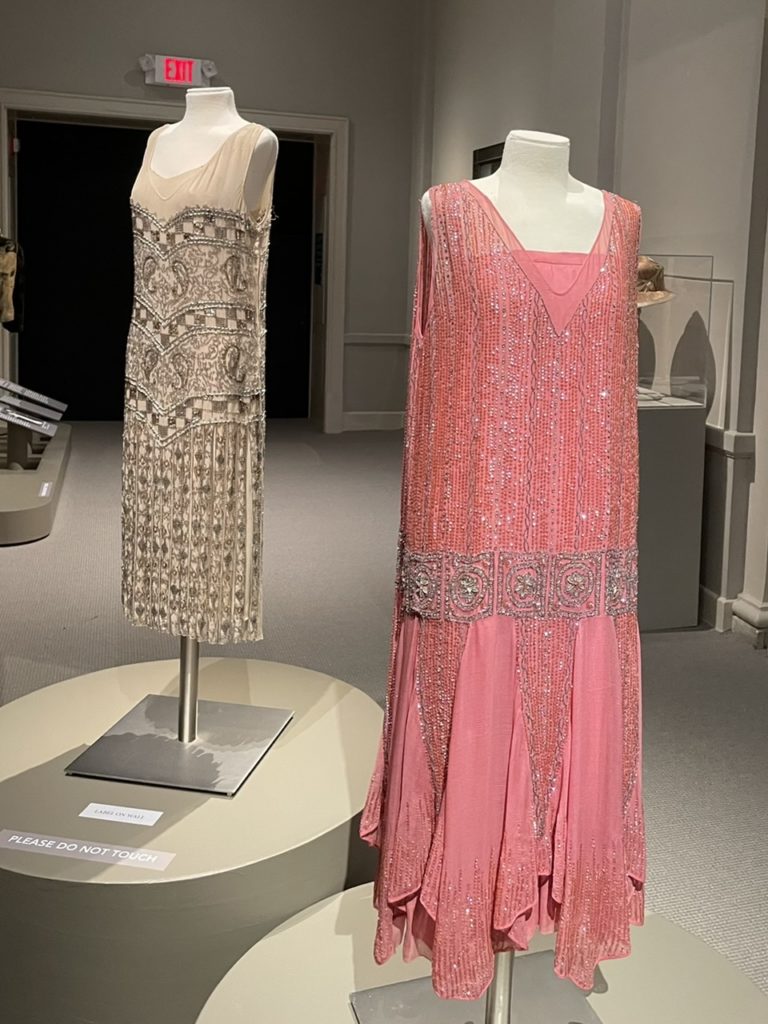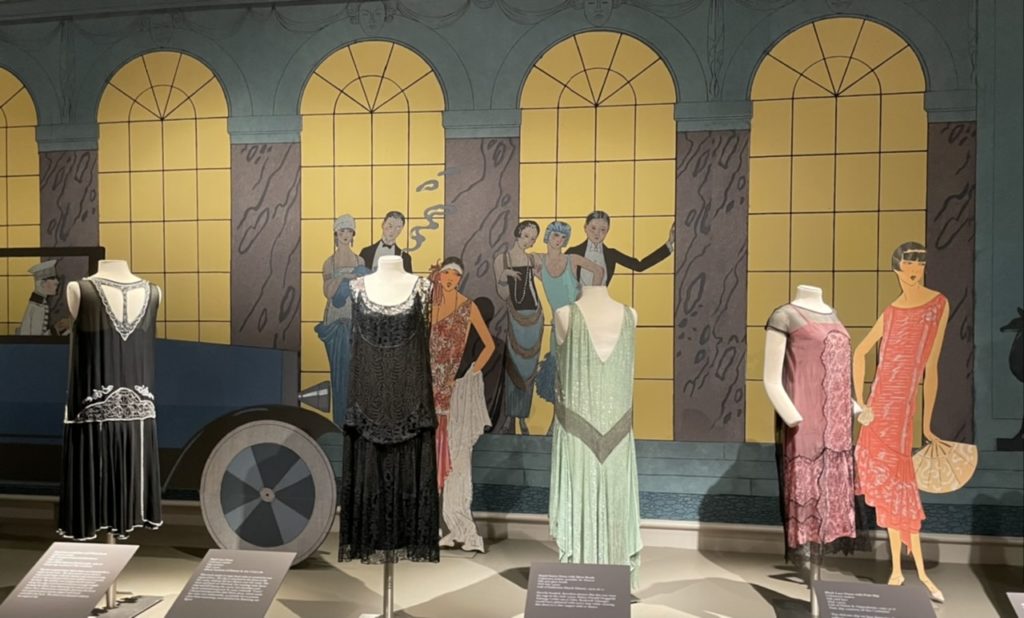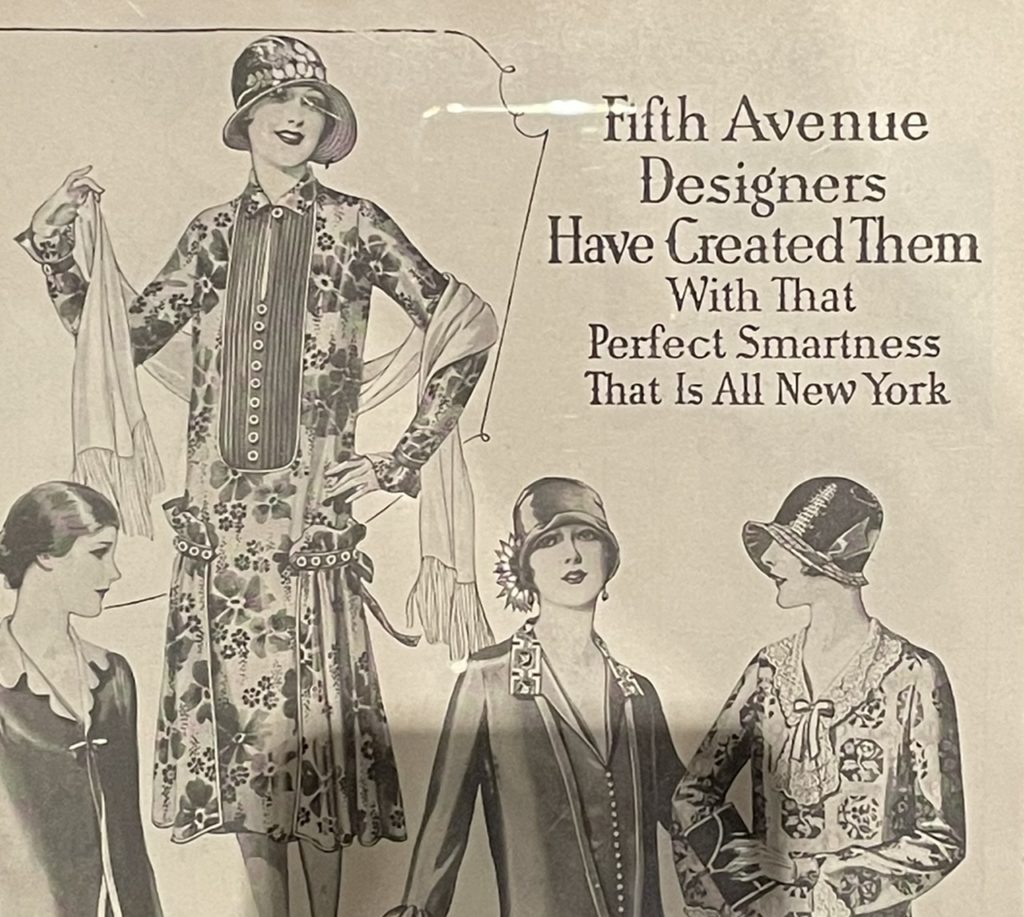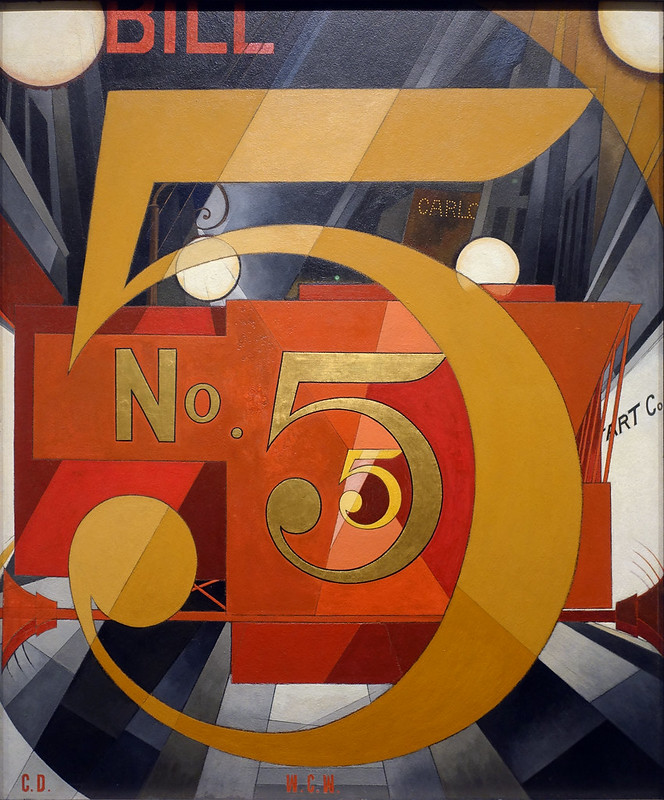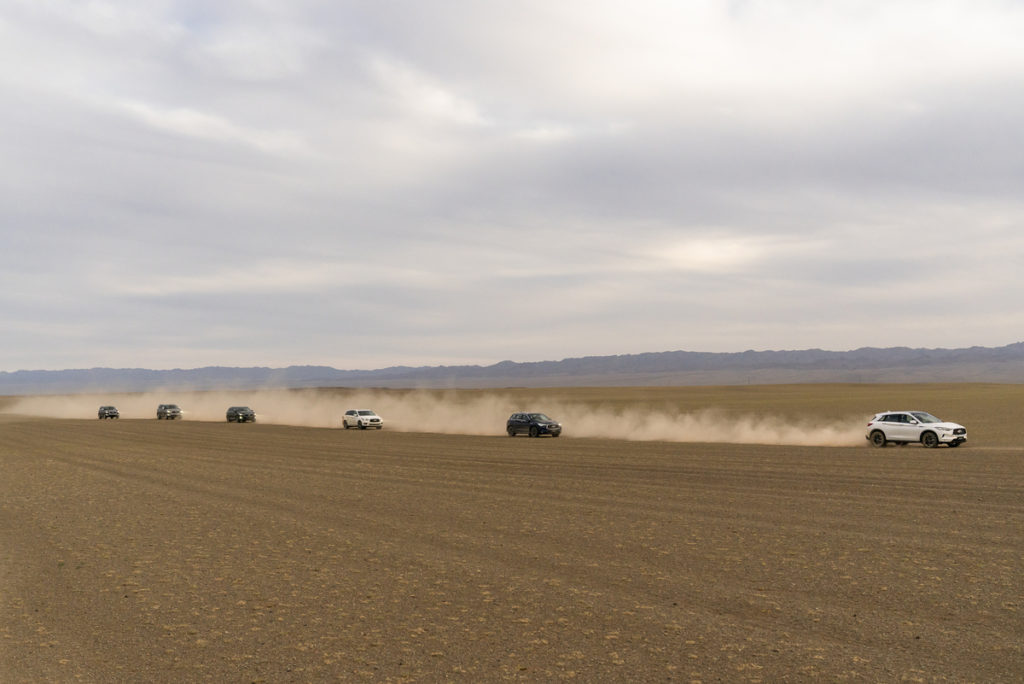The other fab Jazz Age exhibit at the Albany Institute of History and Art is Romancing the Rails: Train Travel in the 1920s and 1930s, which focuses on the New York Central Railroad.
It’s cool to see the original paintings for some of their now classic advertising posters. There’s also a lot of items from industrial designer Henry Dreyfuss’s work on the 20th Century Limited, “The Most Famous Train in the World.” Dreyfuss designed everything from the streamlined locomotives to the dinner plates.
Romancing the Rails is on display through February 2022.



Featured image: Observation Car design for the 20th Century Limited by Henry Dreyfuss, gouache on paper, 1938.




